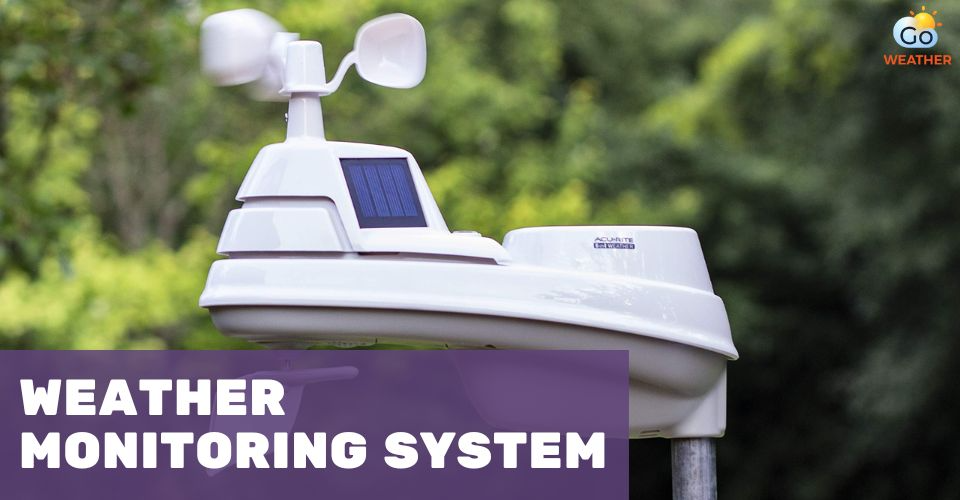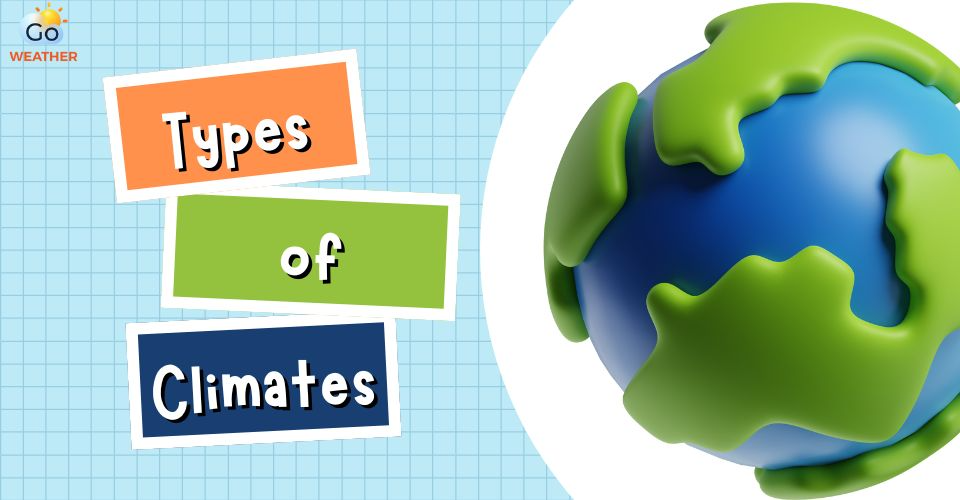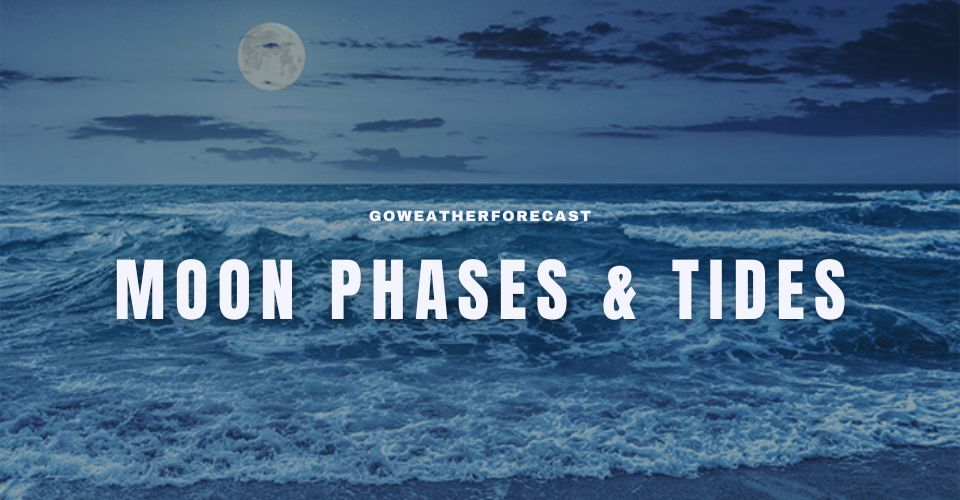What is the Climate at the Equator? Seasons, Temperature & More
The hotness is what many people think of first regarding the weather at the equator. Well, it's boiling there, and winter’s icy breath can’t reach. What else to know about weather and climate at Earth's equator? Continue reading, as this post contains a lot of fascinating facts about what is the climate at the equator!
.jpg)
What is the climate around the equator?
What is the Equator?
Earth's equator is a great circle around the middle of the planet. By definition, the latitude of the equator on Earth is 0 degrees. The Earth is widest at nowhere but its Equator, which is 24,901 miles long.
The Earth's diameter is also wider at the Equator, resulting in a phenomenon known as the equatorial bulge. While the Earth's diameter at the poles is about 7,900 miles, the diameter at the Equator is 7,926 miles. So, the Earth's equatorial bulge is around 27 miles.
.jpg)
The latitude of the equator on Earth is 0°
The Equator is the longest among the five main circles of latitude on Earth. The other four include two polar and two tropical circles (the Tropic of Capricorn and the Tropic of Cancer).
Also, the Earth’s Equator doesn’t tilt much when the planet rotates on its axis. In fact, the position relative of the Equator to the sun hardly changes throughout the year.
At the Equator, the Earth’s rotation speed is about 1,038 miles per hour, while the spin at the four remaining circles is much slower, particularly near the poles, where it is almost 0.
► See also: What plants grow in the North Pole?
What is the Climate at the Equator?
By receiving the most direct sunlight, it’s no surprise the weather at Earth’s Equator is hot all year round. Winter’s icy breath can’t reach there.
Equatorial regions generally tend toward the tropical. However, there’s not just one type of climate found there.
.jpg)
Winter’s icy breathe never reaches the Earth’s Equator
Lowlands around the equator line commonly have a tropical rainforest climate (or an equatorial climate) which is characterized by high monthly rainfall and hot average temperature year-round.
Tropical monsoon climates also occur in some equatorial regions due to cold ocean currents. But most surprisingly, Greater Somalia has an arid climate notwithstanding its equatorial location.
So, what is the climate like at the equator regarding seasons, temperatures, precipitation, and more?
Seasons
As mentioned previously, the relative position of Earth’s Equator to the sun hardly changes during the 12 months, so the concept of seasons has less meaning at 0° latitude.
Near the equator, there’s little temperature change no matter the calendar month, though there may be significant differences in precipitation and humidity.
The terms spring, summer, autumn, and winter do not generally apply there. The most distinguished division in season in equatorial regions is between wet and dry, not between hot and cold.
.jpg)
The precipitation is so high
Temperature, precipitation, and more
In equatorial lowlands with an equatorial climate, average annual temperatures are about 88°F (31°C) during the afternoon and 73°F (23°C) around sunrise.
Precipitation (in the form of rainfall) is very high, from 100 to 140 inches (2,500 to 3,500 millimeters) each year.
Up to around 200 rainy days per year occur there, while the average annual sunshine hours are also impressively high—2,000 hours.
Despite high sea level temperatures all year round, some higher altitudes like Mt. Kilimanjaro and the Andes have glaciers.
The highest point on the Earth's equator is at the elevation of 15,387 feet (4,690 meters) found on Volcán Cayambe's southern slopes in Ecuador.
This is the only snowy point located directly atop the equator - a notable exception to the usually hot, humid equatorial climate.
.jpg)
Mountain Kilimanjaro
More to explore:
How the moon affects the weather
Biodiversity
Equatorial regions are home to some of the most impressive flora and fauna in the world.
Consistent warm weather, loamy soil, and rain-softened soil are important factors helping an abundance of life thrive there all year round.
For example, the Amazon and Congo rainforest ecosystems are extremely rich in biodiversity.
One hectare of rainforest in Brazil may contain up to 750 tree species and above 1,000 insect species. Generally speaking, the closer to Earth's equator, the greater the biodiversity.
.jpg)
Amazon rainforest ecosystems
What Countries Does The Equator Pass Through?
The equator passes through 11 nations, including:
|
|
Interesting Facts about the Equator
-
The term "equator" originates from the Latin word "equator," which means "circle equalizing day and night. "
-
At 4,690 meters, Volcan Cayambe in Ecuador is the highest point on the equator.
-
As one gets farther from the Earth's center, the pull of gravity becomes less strong as the equator is situated where the planet bulges around its center. This makes equatorial locations perfect for space launches.
.jpg)
Volcan Cayambe in Ecuador
-
The Democratic Republic of the Congo, Shaba North, the Maldives, and Gan Island are places where spacecraft are launched near the equator.
-
Tanzania's Mount Kilimanjaro is near the equator, experiences cold, dry weather, and, due to its height, even contains glaciers.
-
To commemorate crossing the Equator, sailors observe many customs and festivals called "Crossing the line." A sailor who has never crossed the Equator is sometimes referred to as "Pollywog."
Bottom line
As you can see, hot year-round temperatures and high rainfall are the most notable characteristics when it comes to the climate there. The concept of 4 seasons also doesn’t exist near the equator. If you hate cold weather, you may find equatorial regions some of the best weather places in the world. And that’s all for today’s article on “What is the climate at the equator?” Hope you found it interesting and informative.





![What Are Different Types of Precipitation and How They Form? [Updated]](https://admin.goweatherforecast.com/images/1732680922.png)






2 Comments
-Addison
can you put in a chart
Hugh Jass
Yes, we NEED a chart. L site, L article
Leave a Comment
Your email address will not be published. Required fields are marked *